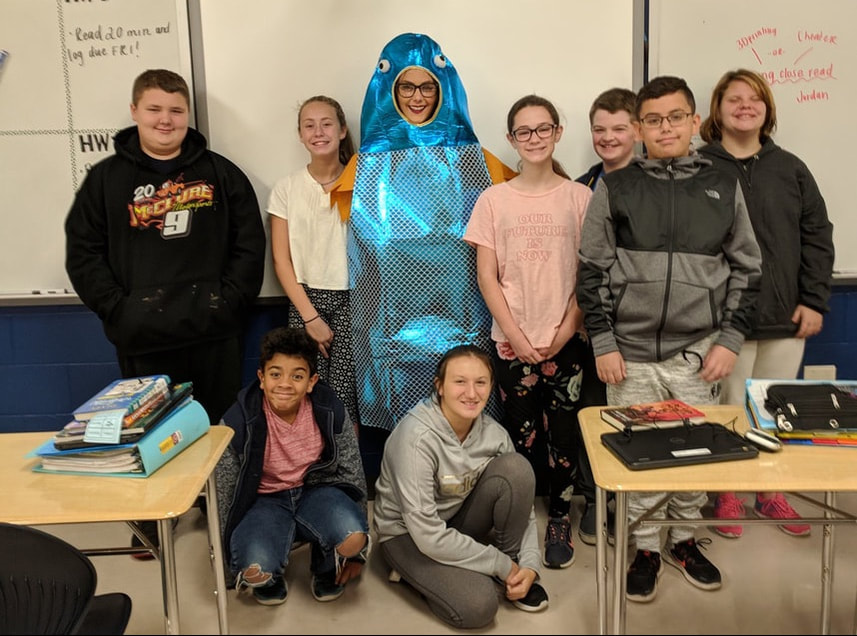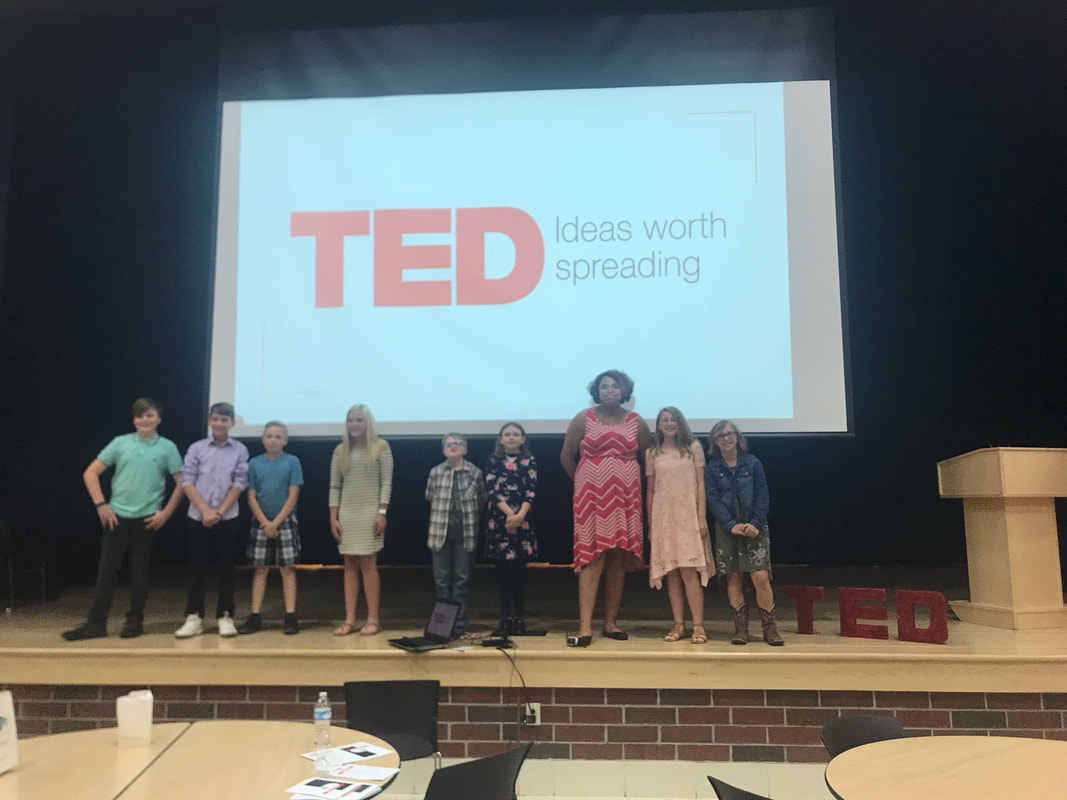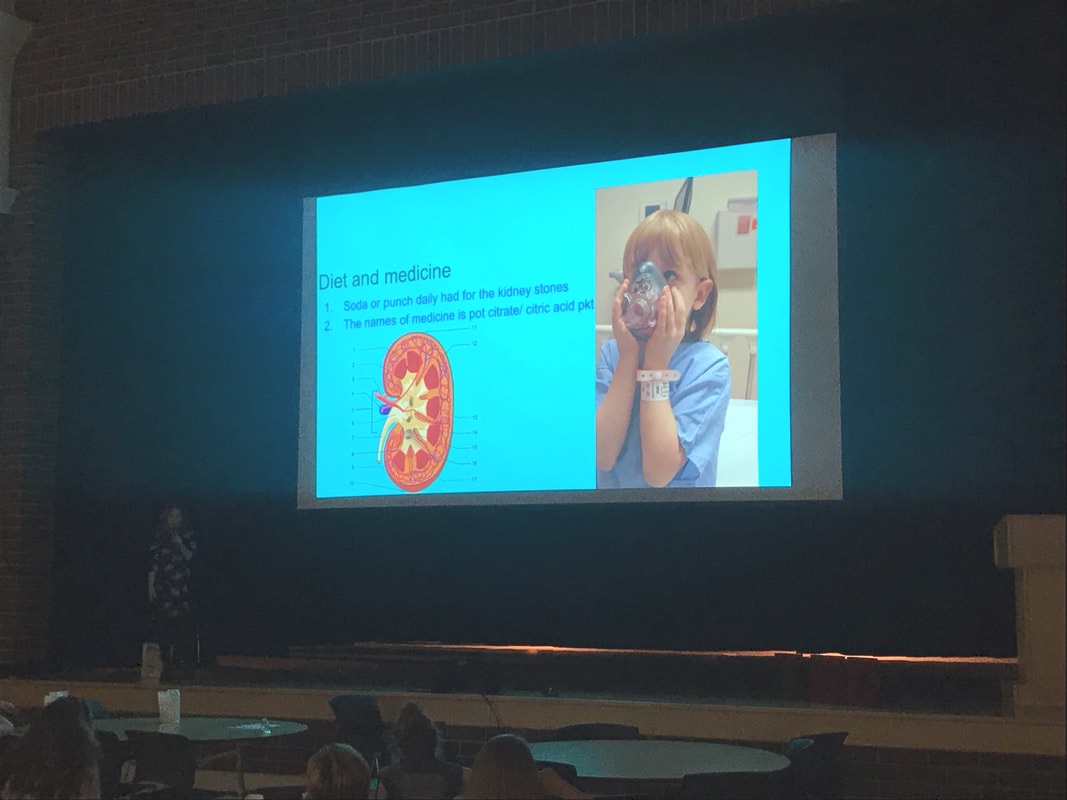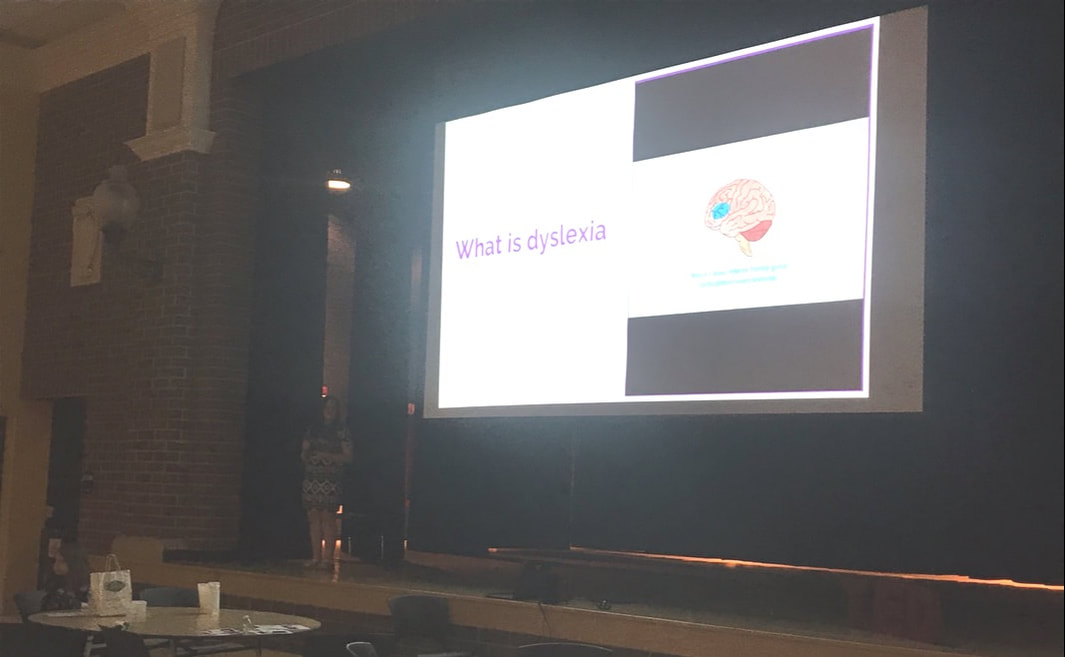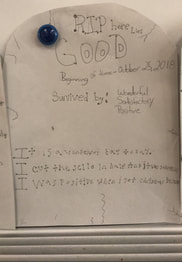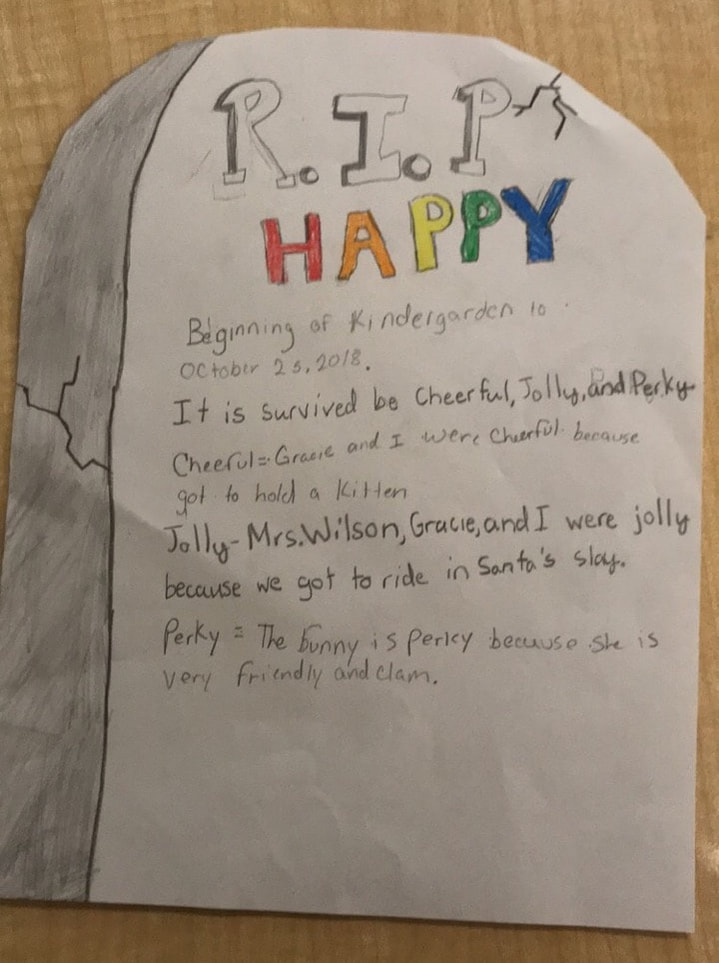Writing an Effective HookWhen all of my sixth grade classes were continually struggling with the concept of writing an attention-grabbing hook, I knew I had to come up with something engaging and memorable. In effort to provide a visual understanding, I kept finding myself referring to a hook as "reeling your reader in as if they were a fish on a fishing pole." Eventually, I decided to bring this idea to life!
First, students took guided notes on the types of hooks and looked at examples of each. Based on the hook, students had to guess what the author's claim was. Next, students were paired in groups of two and given a writing prompt to practice writing a hook with. Students were instructed to write as many hooks as possible for their given prompt using at least two different types of hook strategies that were presented to them. The writing prompts included literary analysis, argumentative, narratives, and research. Students were told that tomorrow they'd be testing their hooks' effectiveness on "a real life fish." Their guesses as to how that process would work were hysterical! The following day, students begun class by completing an entrance slip that called for recalling hook strategies and identifying effective hooks. Afterwards, we brainstormed effective hooks and transition statements using various scenarios. Once students were warmed up, they were given time to perfect their hooks with their partners.
Finally, each group presented their hooks to the class. One partner was in charge of reading the hooks while the other was the "reeler". Depending on the strength of their hooks, the fish would reel in closer as the hooks were read or swim away. If the hooks were solid, the fish would be deemed "caught" and the group was rewarded with swedish fish candy. My classes had a blast with this activity, and they walked away with a deeper understanding of this skill. It also had the unexpected benefit of great conversation regarding how different hook strategies work best for different types of writing assignments.
Martin Luther King Jr. Figurative LanguageAfter studying types of figurative language and how to analyze it's literal meaning, I wanted to create an engaging, real world-applicable related activity. With Martin Luther King Jr. Day around the corner, I decided to incorporate his speech. We started out by listening to his speech and discussing the mood and tone. I then created different color cards for each type of figurative language. Along with the technical term for each type of figurative language, each card also contained a number. This number represented the amount of MLK's quotes that matched each card. Students worked in groups to sort the quotes to match the appropriate type of figurative language. Some groups had paraphrased quotes with less complex language in order to differentiate the activity. Once the students finished, we discussed the correct answers as a class. Students followed along with a chart on the smartboard in order to note each quote's type of figurative language and literal meaning. The students then kept this chart as a resource to use as they continued to work more independently with figurative language. We were lucky enough to have an "I Have a Dream" speech attendee speak to our school, and my students were very eager to learn after working through this activity.
|
TED TalkLast spring, my students were assigned a research project on a disease, disorder, or disability of their choice. The only stipulation was that they had to have a self-connection or family/friend connection to the topic of their choosing. Students then had to prepare a speech about their topic with a visual aid such as Google Slides, a video, or a poster. Upon discussing public speaking skills, my classes watched countless TED talks. I decided to hold a Middle School TED talk event. This was an optional event (in addition to their required in class presentation) where students could present their research to their peers, families, and school staff. Students helped create brochures and official TED talk letters, and some students even stayed after school hours to practice these optional presentations.
The best part about this project was the self-connection piece. Helping students become more knowledgeable of their own or their family/friend's disabilities, disorders, and diseases was incredibly special. It was amazing to see students of all different abilities and backgrounds build their confidence, self-awareness, and public speaking skills through this event!
Dead Words ProjectIn an effort to encourage students to expand their vocabulary, we held a funeral for some overused words on Halloween. The students were then assigned one of the dead words and were tasked with making a gravestone for it with the following requirements:
As a class, we later discussed the definition of a eulogy. Upon finishing their gravestone, students were to write a eulogy for their dead word including the following requirements:
I was so impressed with my students' creativity and engagement throughout this lesson! We hung our gravestones around the room, and they served as a resource for synonyms while writing. To this day, they still call each other out for using dead words!
|
